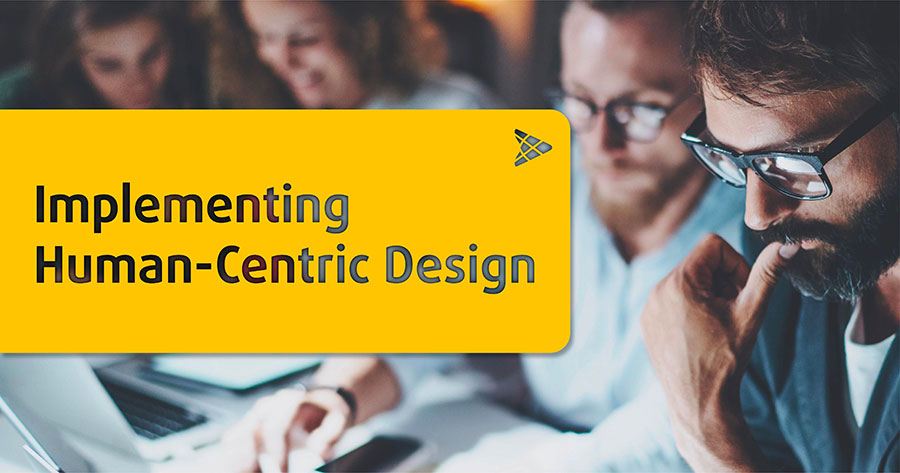When I first began my career studying architectural design and later industrial design, I would have never imagined that my path would lead me to work in R&D for the chemical industry. However, I've found that my fascination with user experience and years learning about different cultures has given me a unique advantage: a perspective on human-centric design that naturally complements chemistry.
 During my past experiences in industrial design for electronics and automotive, I became a firm believer in the importance of putting the human perspective first. From step one, we’re thinking about what people need: who will use the final products that are made from Trinseo materials? How can we meet—and exceed—our customers’ and consumers’ expectations? What unmet needs can we fulfill? What future needs or trends should we anticipate? Then, we work closely with our experts to determine how to fill these requirements. By having both the customers’ priorities and the end-consumer experience in mind, we’re forced to pursue innovation. We constantly strive to develop solutions that we would all appreciate and use. This makes us different and a relevant partner to our customers.
During my past experiences in industrial design for electronics and automotive, I became a firm believer in the importance of putting the human perspective first. From step one, we’re thinking about what people need: who will use the final products that are made from Trinseo materials? How can we meet—and exceed—our customers’ and consumers’ expectations? What unmet needs can we fulfill? What future needs or trends should we anticipate? Then, we work closely with our experts to determine how to fill these requirements. By having both the customers’ priorities and the end-consumer experience in mind, we’re forced to pursue innovation. We constantly strive to develop solutions that we would all appreciate and use. This makes us different and a relevant partner to our customers.
As with many of Trinseo's processes and goals, we're constantly keeping our key markets in mind when implementing human-centric design.
From the latex binders in carpeting to the acrylics in bath, pool, and spa applications, our materials are found in homes, infrastructure, and businesses all over the world. When envisioning the end-consumer experience, we consider both the homeowners who want durable materials in their roofing and the city managers who need reliable concrete applications to support vital infrastructure.
As someone with significant experience in the automotive business, I can especially appreciate the role human-centric design plays in the mobility industry. We’re helping automotive manufacturers meet the growing consumer demand for more sustainable vehicles. Our solutions support key priorities including decarbonization, electrification, car sharing, and electric vehicle charging stations.
There is no room to compromise on value in the medical field. Our high-performance, medical-grade materials help manufacturers develop advanced healthcare devices that change lives for the better. From resins used in drug delivery devices like insulin pens and inhalers to plastics in medical wearables, our materials are developed with healthcare professionals and patients in mind. Supporting durability, comfort, and ergonomic design is vital for success.
As the preferred partner of some of the world’s most recognizable brands, we’re known to deliver consistent quality and customizable options. Our polycarbonate and advanced resins support the functionality and style necessary for consumer electronics. Our portfolio of products used in the fashion industry is used to make lightweight, comfortable footwear while supporting sustainability. Designers and artists turn to us for polymethyl methacrylate (PMMA) used in trendy furniture design and decorative housewares. This sector covers a wide range of industries and stakeholders, each of which needs to be considered in the R&D process.
Not only is it possible to pursue innovation with real people in mind, but in our view, it’s absolutely essential. Considering the real-world roles that our materials play can help us continue providing the exceptional solutions we’re known for.
